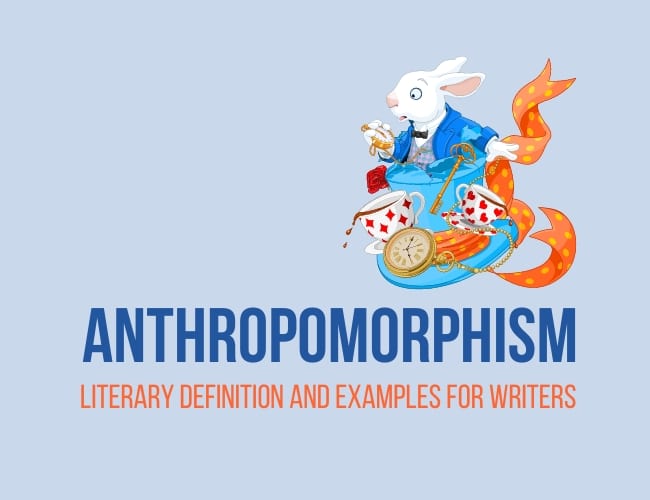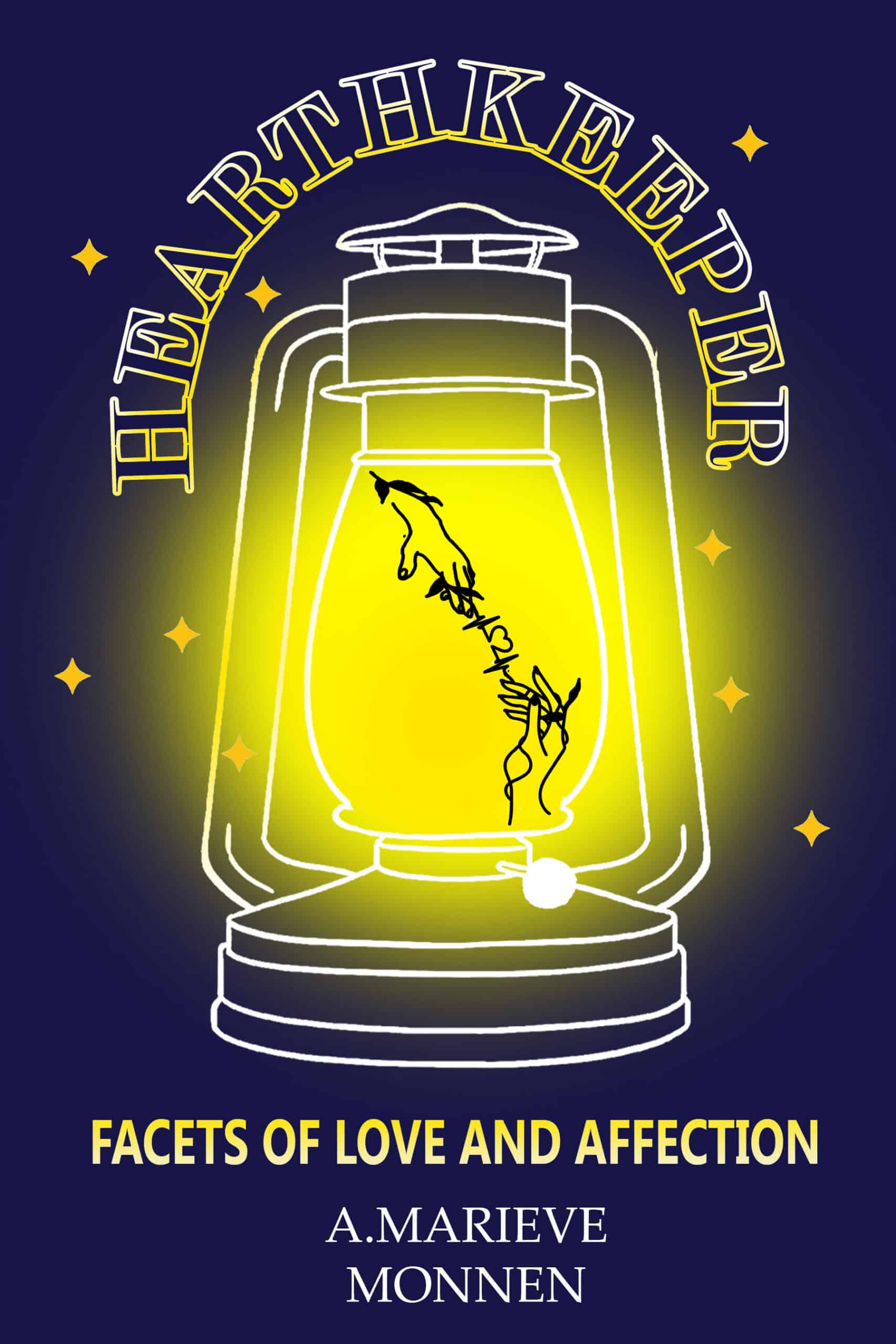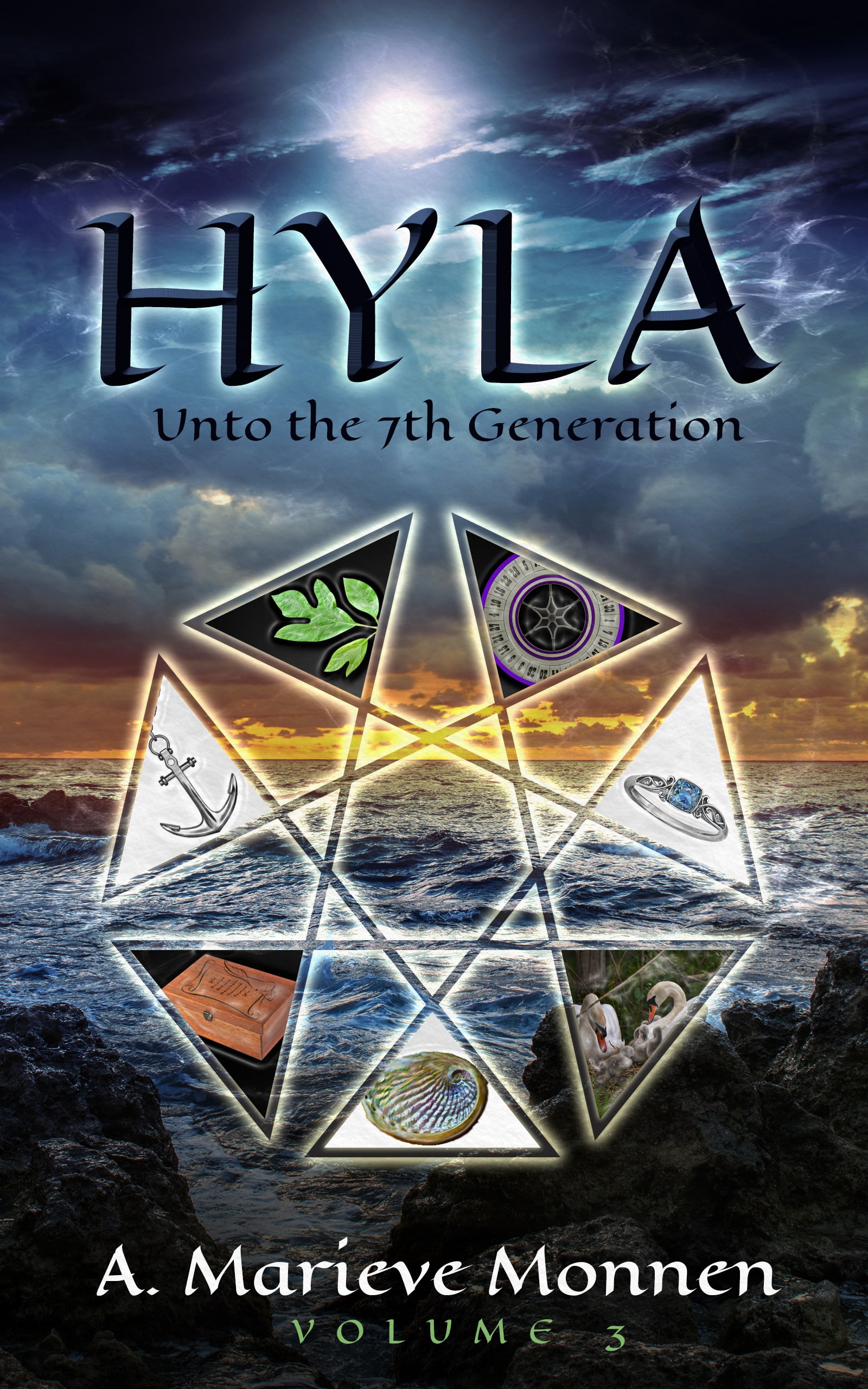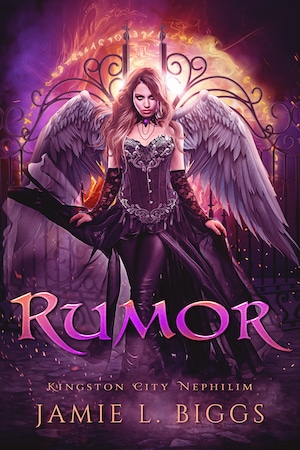Children's books often use animals as main characters, giving them human-like characteristics to connect with readers in real life. Did you know there's a name for that? Let's look at anthropomorphism's literary definition and some examples, so the next time you see human-like qualities in an animal character or inanimate object, you'll know how to describe what's happening.

The Literary Definition of Anthropomorphic
What does it mean when something is described as anthropomorphic? Here's the definition from Dictionary.com:
Ascribing human form or attributes to a being or thing not human, especially to a deity.
In other words, when you take something not human, like a toaster or a tomato or a large cat, and then you give it human eyes, a human vocabulary, and the human ability to walk upright, then you are making that thing anthropomorphic.
You are anthropomorphizing. (Fun verb, right?)
Examples of Anthropomorphism in Children's Literature
Anthropomorphizing is an especially common device in children's books and movies.
Dr. Seuss's most famous anthropomorphism is the Cat in the Hat, a six-foot-tall, walking, talking, home destroying cat who unexpectedly shows up at Dick and Jane's house while their mother is out. Cat's rarely are quite so large, and they almost never attempt balance fish bowls on their umbrellas or attempt to fly kites indoors.
Clear case of anthropomorphism.
Finding Nemo, my son's current favorite film, is about a clownfish named Marlin whose son is kidnapped by a diver and decides to go on a quest to save him. This too is a clear anthropomorphism. In case you don't have experience with clownfish, they have don't names like Marlin, go on quests, or have conversations with sea turtles and blue tangs named Dory. Those are human qualities (well, the actions anyway).
A Brief History of Anthropomorphic Characters in Children's Literature
Aesop's Fables, written mostly in 6th century BC, are one of earliest popular examples of anthropomorphism in children's literature. The fox, the hare and tortoise, the dog and his reflection, all of these animals are given human characteristics to expose the folly of human behavior and teach a moral to the reader.
The earliest modern example, though, is Alice in Wonderland, in which a white rabbit wearing a waistcoat and anxiously checking his pocket watch scurries down a rabbit hole, followed closely by a very curious Alice. The other characters and objects in the book follow suite: the Cheshire Cat, the caterpillar, but also the usually inanimate objects that come alive with human qualities like the playing cards.
Alice in Wonderland was published in 1865, and afterward a flood of anthropomorphic creatures followed. There was Pinnochio in 1883, the walking, talking puppet. Then, in 1894, Kipling wrote The Jungle Book, including a story about an orphan boy who is befriended by a light-hearted bear named Baloo, a protective black panther named Bagheera, and is nearly killed by a malicious tiger called Shere Kahn. In 1950, C.S. Lewis published the first in The Chronicles of Narnia series, which involves talking beavers, a sword fighting mouse, and one, very annoying dragon-boy.
Now, it's nearly impossible to see a children's film or book without an anthropomorphism.
So if you want to blame someone for that warm-hug-loving, suicidal snowman, Olaf, from Frozen, blame Lewis Carroll and his anthropomorphic animals and objects (or Aesop if you want to go further back in time).
Anthropomorphic Personification
What happens when you try to anthropomorphize an abstract concept such as death, time, justice, or, let's say, the Internet?
Anthropomorphic personification, of course.
Examples of anthropomorphic personification (say that five times fast!) include:
- Death, always a popular anthropomorphic personification, acts as the narrator of the 2005 novel The Book Thief. He wants a vacation but says he is “haunted by humans.”
- Neil Gaiman's American Gods contains dozens of anthropomorphic personifications, including the Internet, who is an overweight, basement-dwelling male, Television, who is quite attractive, and Odin, the Norse god.
- In Paradise Lost by John Milton, a swarthy Satan and a lusty Sin get busy and begin a family, giving birth to Death.
- Father Time appears in The Silver Chair, the sixth book of The Chronicles of Narnia
- Every animal in George Orwell's book Animal Farm, with each one symbolizing a different character or role in the Russian Revolution, from Old Major and his dream of a new society to Napoleon, his rival. George Orwell gives the animals human features to create his allegory about power.
Anthropomorphism vs Personification?
Anthropomorphism is similar enough to personification that you can use them interchangeably most of the time.
The definition of personification, according to Dictionary.com, is:
The attribution of human nature or character to animals, inanimate objects, or abstract notions,especially as a rhetorical figure.
Anthroporphism tends to be more specific than personification, referring to a non-human that is made into human form or given a human personality. In other words, you could conceivably mistake the tomato for a person.
Personification, on the other hand, is much more flexible in that you can personify something without it looking, sounding, or acting completely human.
For example, you might personify the wind, saying, “The wind was cruel today.” Is the wind actually capable of cruelty? Of course not. But on a cold day, it could certainly feel cruel. However, that wouldn't be an anthropomorphism unless the wind appeared in the sky wearing a bowler hat and a bow tie.
Get the difference?
Do You Really Need to Know the Definition of Anthropomorphism?
If you're a student studying for a test? Yes. Otherwise, no, not really. Picasso once said:
Academic training in beauty is a sham.… Art is not the application of a canon of beauty but what the instinct and the brain can conceive beyond any canon. When we love a woman we don't start measuring her limbs.
As a writer, do you need to know the definition of anthropomorphism to write great stories about cats or fish or tomatoes or time?
No! But knowing the word can give you mastery over it. Plus, it's such a fun word to say!
Now, go write!
How do you feel about anthropomorphism? Who is your favorite anthropomorphic character? Let me know in the comments.
PRACTICE
Write a scene involving an anthropomorphic character. Here are a few suggestions:
- A dog wearing a tuxedo
- An attractive young woman named Wind
- Your personal perception of God
Write for fifteen minutes. When your time is up, post your practice in the Pro Practice Workshop. And if you post, please be sure to leave feedback on a few practices by other writers.
Happy writing!
Joe Bunting is an author and the leader of The Write Practice community. He is also the author of the new book Crowdsourcing Paris, a real life adventure story set in France. It was a #1 New Release on Amazon. Follow him on Instagram (@jhbunting).
Want best-seller coaching? Book Joe here.



0 Comments